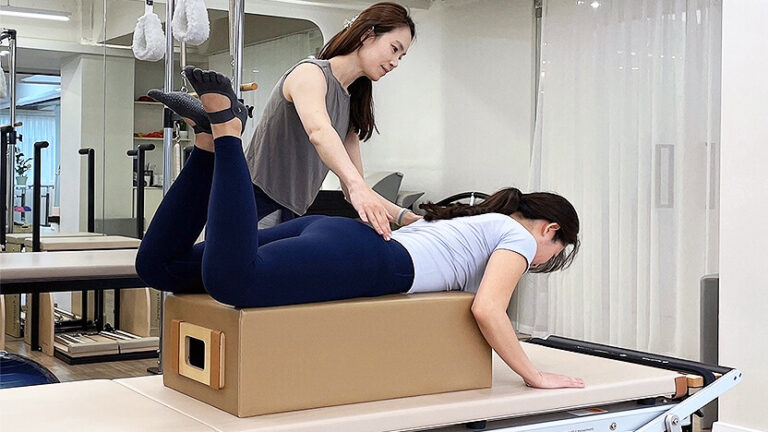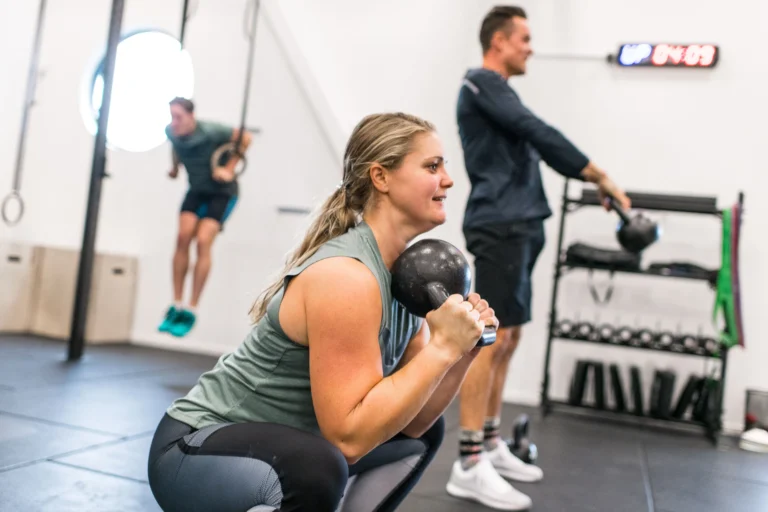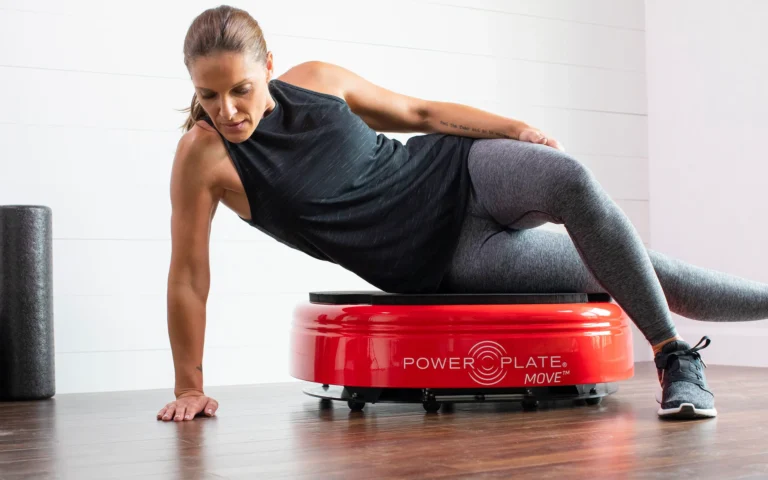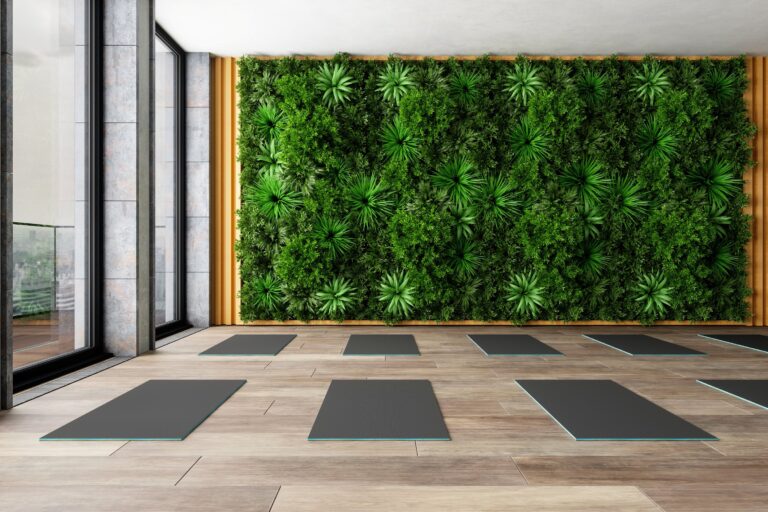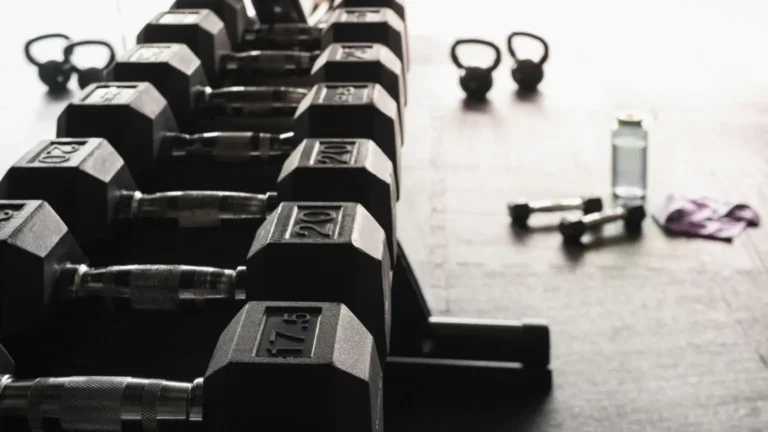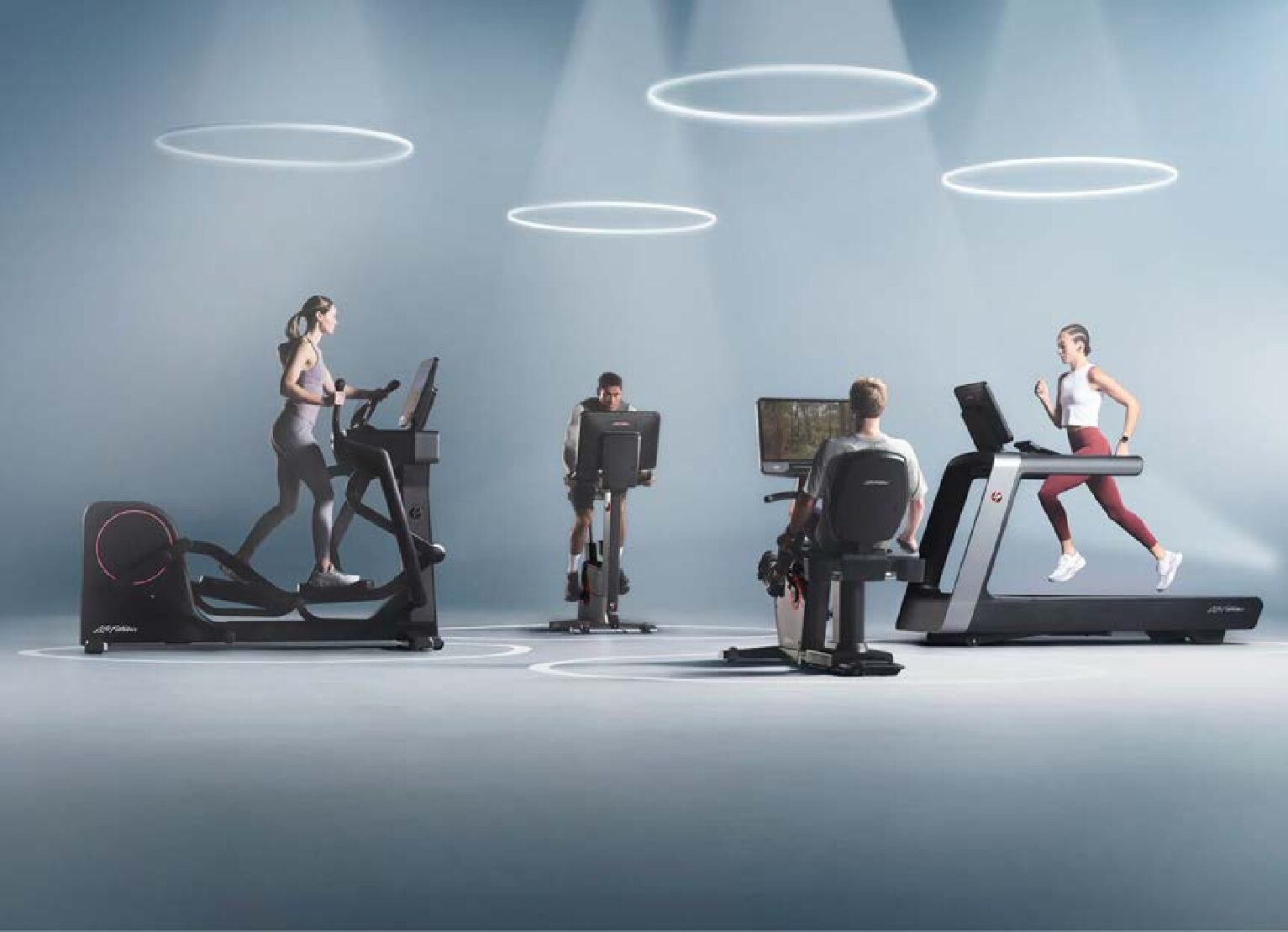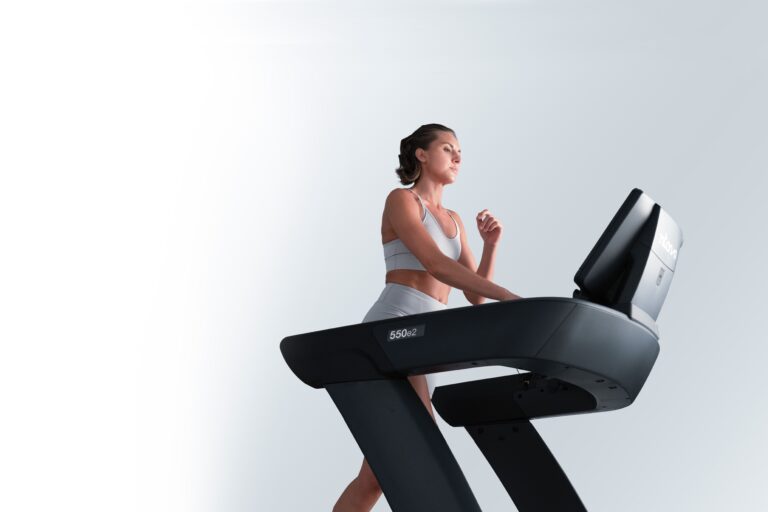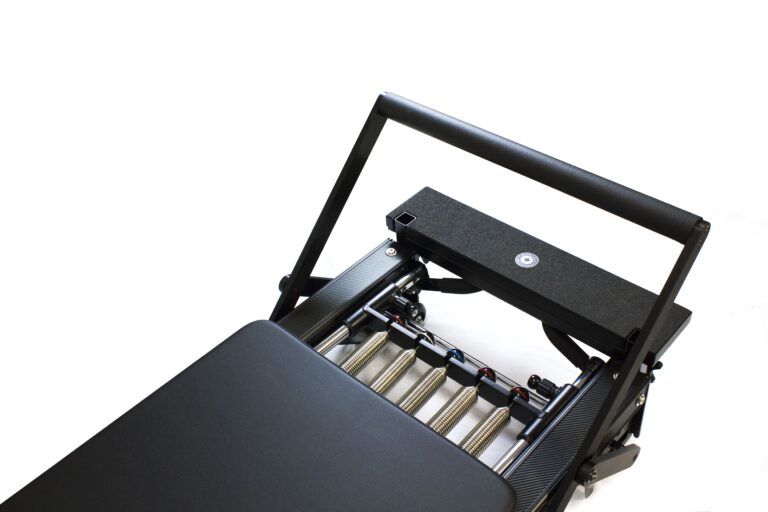Pilates vs Yoga: A comprehensive guide to choosing the right practice for you
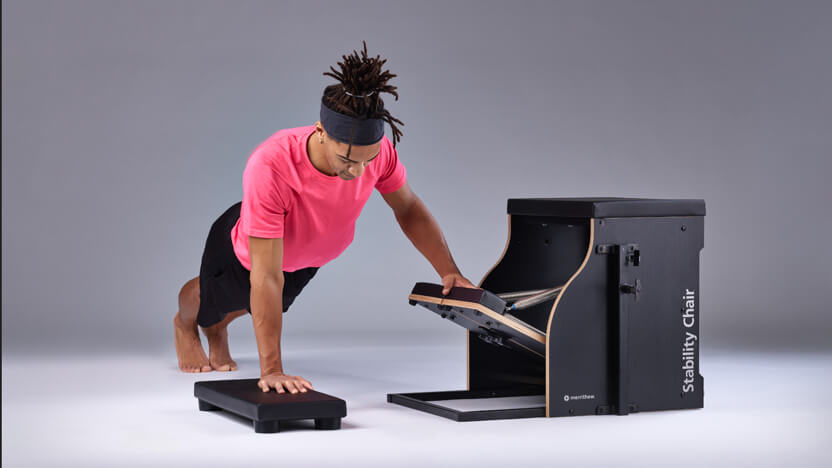
Pilates and yoga are two popular, low-impact workouts accessible to people of all fitness levels. Both offer numerous health benefits, enhancing physical strength, flexibility, balance and mental well-being. Whether you prefer the guidance of an instructor in a studio or the convenience of a workout app like Merrithew Connect™, there are plenty of options to suit your skill level and goals. This guide will help you understand the benefits and differences between Pilates and yoga and explore how combining both practices might be the best approach for your fitness journey.
Pilates
Pilates is a mind-body exercise method developed by Joseph Pilates in the early 20th century. Originally intended for rehabilitation, it has evolved into a widely practiced fitness regimen, appreciated by many for its numerous health benefits.
Pilates involves a series of exercises that can be performed on a mat or using specialized equipment such as Merrithew’s V2 Max™ Reformers, Split-Pedal Stability Chairs™, Cadillacs, Spine Corrector, Arc and Ladder Barrel. Its exercises focus on controlled movements, precision and breath, aiming to create a balanced body with a strong core.
Types of Pilates
- Mat Pilates: Performed on the floor using a Pilates mat, this form of exercise achieves core strength and flexibility through bodyweight exercises.
- Reformer Pilates: Utilizes the Reformer’s moving carriage and springs to add resistance to exercises, enhancing muscle engagement, balance and control.
- Rehab Pilates: Tailored for rehabilitation purposes, physical therapists often prescribe this to aid injury recovery.
- Classical Pilates: This is a traditional approach to Joseph Pilates’ original exercises and principles.
Benefits of Pilates
- Core strength: Pilates workouts target the core muscles, including the abs, back extensors and pelvic floor, improving strength.
- Endurance and flexibility: Regular Pilates exercises enhance muscular endurance and flexibility, contributing to overall physical fitness.
- Balance and stability: Focuses on controlled movements and body awareness, improving balance and stability.
- Posture: Helps correct posture by strengthening the muscles responsible for proper alignment.
- Sports performance: Athletes incorporate Pilates to boost performance by enhancing coordination, agility, strength and flexibility, reducing the risk of injuries.
- Mind-body connection: Pilates fosters a connection between the mind and body, promoting mindfulness and mental clarity.
Yoga
Yoga is an ancient practice that combines physical postures, breathing exercises and meditation to promote overall health and well-being. Originating in India, yoga has evolved into various styles, each with its own focus and benefits.

Types of yoga
- Vinyasa Yoga: This involves a series of flowing movements linked with breath, offering a dynamic workout.
- Hatha Yoga: Focusing on basic postures and breathing exercises, it is ideal for beginners due to its slower pace.
- Ashtanga Yoga: A rigorous style that follows a specific sequence of postures, emphasizing strength, flexibility and stamina.
- Iyengar Yoga: Emphasizes precise alignment and uses props like blocks and straps to perform poses correctly.
Benefits of yoga
- Flexibility: Yoga poses stretch and lengthen the muscles, improving overall flexibility.
- Balance: The practice of holding poses improves balance and coordination.
- Posture: Yoga promotes body alignment and posture.
- Breathing: Controlled breathing techniques enhance lung capacity and relaxation.
- Meditation: The meditative aspect of yoga helps reduce stress and anxiety, contributing to mental well-being.
Differences between Pilates and yoga
While Pilates and yoga both aim to improve physical and mental health, they differ in their approach and focus.
- Origin:
- Yoga is an ancient practice that originated in India over 5,000 years ago. It is deeply rooted in spiritual traditions.
- Pilates was developed in the early 20th century by Joseph Pilates. It was initially created as a form of rehabilitation for injured soldiers and dancers.
- Breathing techniques:
- Yoga uses various breathing techniques to enhance the mind-body connection and facilitate meditation. Primarily in and out through the nose.
- Pilates emphasizes three dimensional breathing and uses pursed breathing to increase activation of the abdominal wall.
- Movement and flow:
- Yoga includes a series of static and dynamic poses, often held for several breaths.
- Pilates involves continuous, controlled movements targeting specific muscle groups.
- Equipment:
- Yoga typically requires minimal equipment, mainly a yoga mat.
- Pilates can be performed on a mat or using specialized equipment.
Similarities between Pilates and yoga
Despite their distinct origins and techniques, Pilates and yoga share numerous similarities, making them excellent choices for improving overall health.
- Mind-body connection: Both practices emphasize the integration of mind and body through focused movement and breathing.
- Flexibility and strength: Both improve flexibility and build muscle strength.
- Posture and balance: Each practice promotes better posture and balance.
- Overall well-being: Both contribute to overall well-being, reducing stress and enhancing mental clarity.
Pilates vs yoga: Finding your perfect balance
Pilates and yoga are both excellent forms of exercise, each offering unique physical, mental and rehabilitative benefits. Choosing the right practice for you depends on your goals and preferences.

Yoga provides a holistic approach that encourages slowing down and connecting with your breath, body and mind. It typically involves bigger movements that strengthen and stretch various muscle groups.
Pilates is also a holistic approach to exercise that emphasizes intentional, deliberate and precise whole-body movements. These controlled movements are repeated several times to target specific muscle groups. Its exercises are designed to strengthen the core, improve posture, and enhance stability.
If your goal is to develop mindfulness, reduce stress and improve flexibility, yoga may be the ideal choice. Pilates might be more suitable if you aim to strengthen your core, improve posture and support injury recovery. Ultimately, integrating both practices into your routine can offer a well-rounded approach to fitness and well-being, allowing you to benefit from the strengths of each.
Source: https://www.merrithew.com/blog/post/2024-07-02/pilates-vs-yoga-a-comprehensive-guide-to-choosing-the-right-practice-for-you
